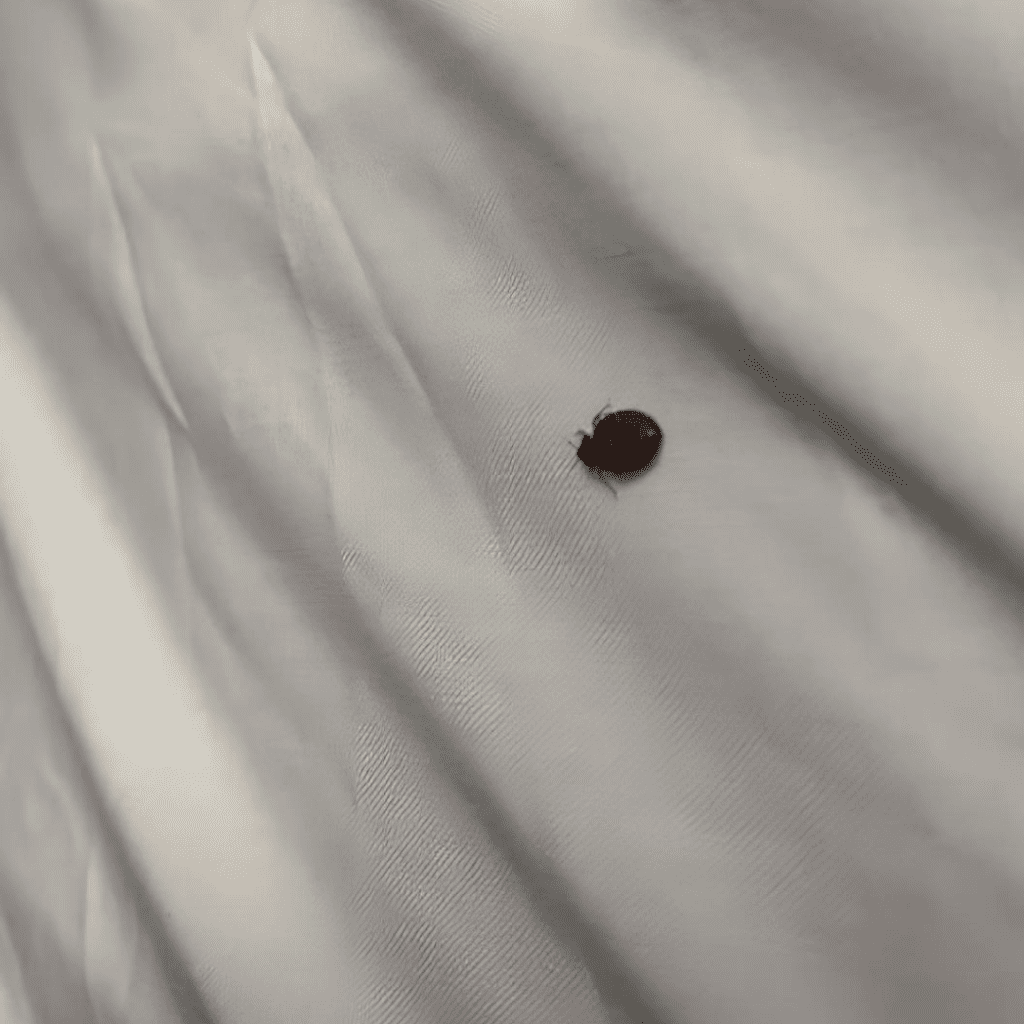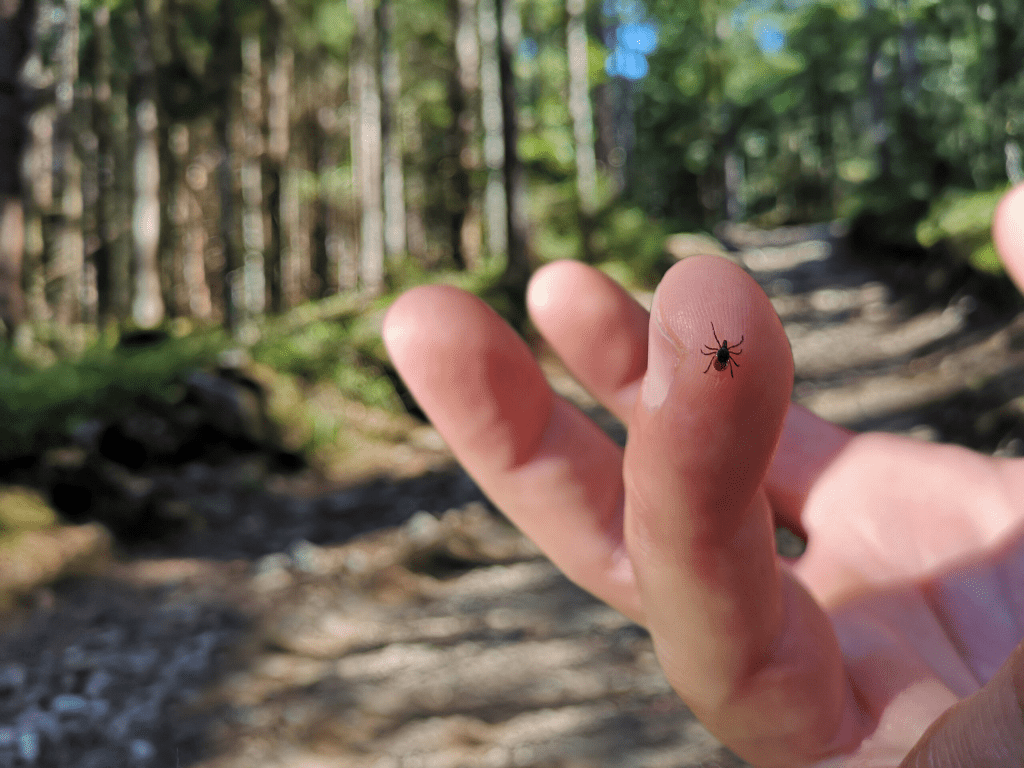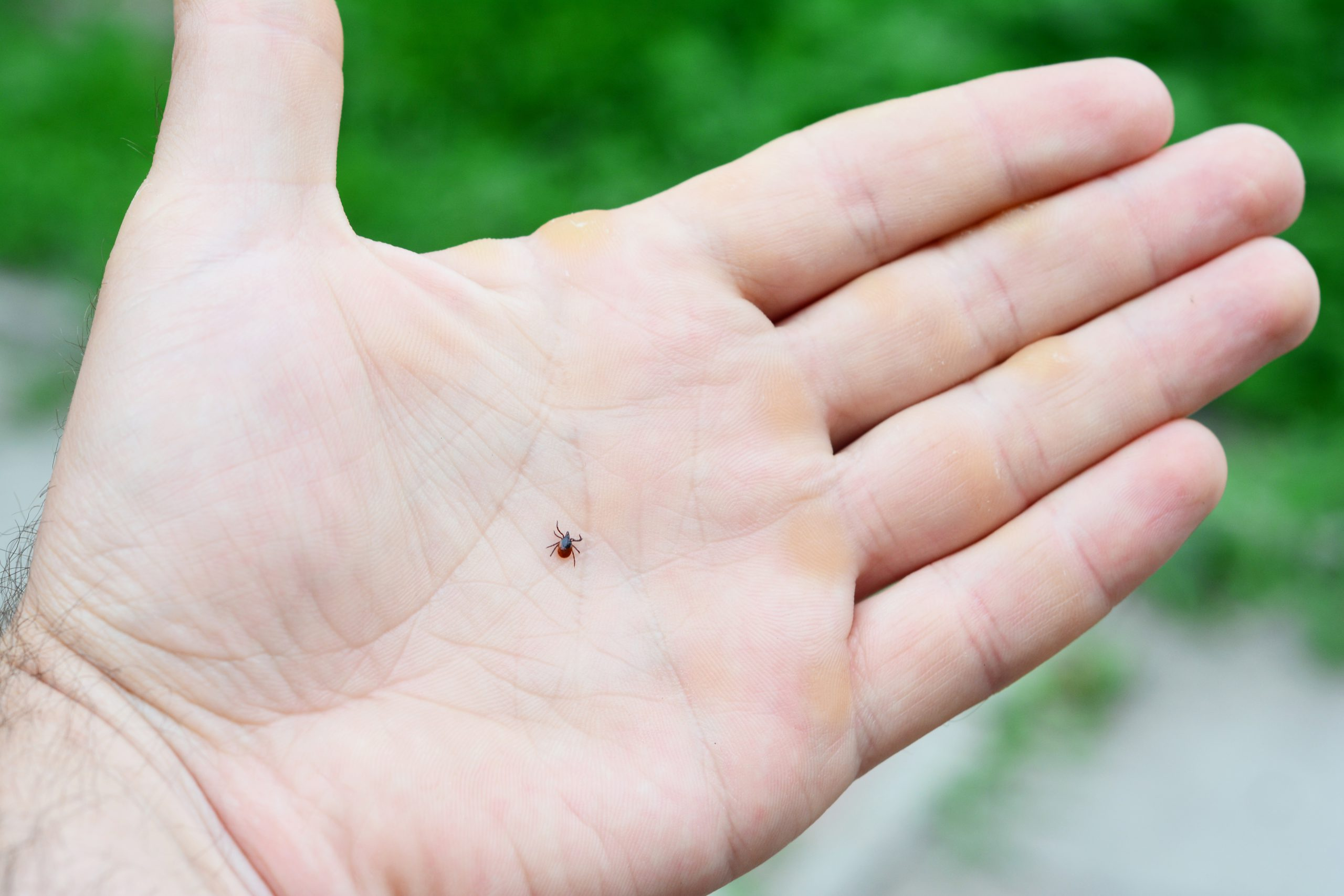For those of us who pride ourselves on our love and understanding for all creatures, even the creepiest of crawlies, ticks are an exception. Spiders and snakes might be common fears, but they don’t get under my skin the way ticks do. If they vanished tomorrow, I doubt I’d shed a tear. Ticks aren’t just a nuisance—they’re downright dangerous, carrying diseases that can seriously impact your health. So, let’s dive into how you can identify, remove, and protect yourself from these tiny menaces.
Why Ticks Are More Than Just a Nuisance

Ticks are small, parasitic arachnids that feed on the blood of mammals, birds, and even reptiles. But they’re not just pesky freeloaders; they’re vectors for diseases like Lyme disease and Rocky Mountain spotted fever, which can have severe, long-term effects on your health. Ticks latch onto your skin and often go unnoticed until they’ve already had a chance to transmit bacteria or viruses. For this reason, it’s crucial to understand how to prevent ticks from entering your home and what to do if you find one.
Identifying Different Types of Ticks
Not all ticks are created equal. Different types of ticks carry different risks and may be more prevalent depending on where you live. Here’s a quick rundown on the most common ticks you might encounter:
- Black-Legged Tick (also known as the Deer Tick): Common in the northeastern, mid-Atlantic, and north-central United States. Known for carrying Lyme disease.
- American Dog Tick: Found throughout the U.S., this tick can transmit Rocky Mountain spotted fever.
- Brown Dog Tick: Prefers warmer climates and is often found indoors. Known for causing canine ehrlichiosis but can also bite humans.
Knowing which tick you’re dealing with can give you a better idea of the potential health risks and determine your next steps.
How to Protect Yourself from Ticks
Prevention is key when it comes to dealing with ticks. If you live in an area where ticks are prevalent, or if you’re planning to spend time outdoors, take the following precautions to protect yourself and your pets:
1. Wear Protective Clothing
When heading into areas where ticks might be present, such as wooded or grassy areas, wear light-colored, long-sleeved clothing and tuck your pants into your socks. The light color makes it easier to spot ticks, and the extra coverage minimizes exposed skin, reducing the chance of a tick attaching to you.
2. Use Tick Repellent
Insect repellents containing DEET, picaridin, or permethrin are effective against ticks. Spray the repellent on your clothes and exposed skin, but be sure to follow the instructions on the label. You can also find pet-safe tick repellents to protect your furry friends.
3. Conduct Regular Tick Checks
After spending time outdoors, check your body and clothing for ticks. Be sure to inspect warm, hidden areas where ticks like to hide, such as underarms, behind the knees, and around the waistline. It’s also a good idea to check your pets, especially if they’ve been playing outside.
How to Safely Remove a Tick

If you find a tick on yourself, a family member, or a pet, it’s essential to remove it promptly and correctly to reduce the risk of disease transmission. Follow these steps for safe tick removal:
1. Use Fine-Tipped Tweezers
Grasp the tick as close to the skin’s surface as possible. Using fine-tipped tweezers helps you get a good grip on the tick without squeezing it, which could release harmful bacteria into your skin.
2. Pull Upward with Steady Pressure
Gently pull upward with even pressure. Avoid twisting or jerking, as this can cause the tick’s mouthparts to break off and remain in the skin. If part of the tick breaks off, remove it with the tweezers if possible.
3. Clean the Bite Area
After removing the tick, clean the area thoroughly with rubbing alcohol, soap and water, or an antiseptic. This step helps reduce the risk of infection at the bite site.
4. Dispose of the Tick Properly
Ticks can survive being squashed, so it’s best to flush them down the toilet or place them in a sealed bag with rubbing alcohol. Avoid throwing them in the trash or sink, as they might escape and find a new host.
Dealing with Tick Infestations in Your Home
Ticks can sometimes make their way indoors, especially if you have pets. If you suspect a tick infestation in your home, follow these steps to get rid of them and prevent further infestations:
1. Wash Bedding and Clothing
Wash any bedding, clothing, or fabric that may have come into contact with ticks. Use hot water, as the heat will kill any lingering ticks or eggs.
2. Vacuum Thoroughly
Vacuum carpets, rugs, and furniture where ticks might be hiding. Pay special attention to corners, crevices, and pet areas. After vacuuming, empty the vacuum bag immediately to prevent ticks from crawling back out.
3. Treat Your Pets
If you have pets, consider treating them with a veterinarian-approved tick preventative. Regularly check their fur for ticks, especially after spending time outside. Grooming and bathing them can also help reduce the risk of ticks hitching a ride into your home.
Monitoring for Tick-Borne Diseases

After removing a tick, it’s essential to keep an eye on the bite site and monitor for any symptoms of tick-borne diseases. Symptoms can appear anywhere from a few days to a few weeks after the bite and may include fever, rash, fatigue, joint pain, or flu-like symptoms. If you notice any unusual signs or symptoms, contact your healthcare provider promptly.
1. Watch for Rashes or Redness
One of the early signs of Lyme disease is a rash that resembles a bull’s-eye. If you see a similar rash around the bite site, seek medical attention immediately. However, not all tick-borne diseases cause a rash, so don’t dismiss other symptoms.
2. Keep Track of Symptoms
Keep a record of any symptoms you or your family members experience after a tick bite. Fatigue, headaches, muscle aches, and fever are common symptoms associated with tick-borne illnesses. Sharing this information with your healthcare provider can assist in early diagnosis and treatment.
Conclusion: Stay Vigilant and Protect Your Health
Ticks may be small, but they can pose a big threat to your health. By taking the necessary precautions, you can reduce the chances of tick bites and the potential for disease transmission. Whether it’s wearing protective clothing, using repellent, or performing regular tick checks, staying vigilant can go a long way in keeping you and your loved ones safe.
If you ever find yourself dealing with a tick, remember to remove it properly and monitor for any symptoms. With these steps in mind, you can effectively manage and protect yourself from ticks, preserving your health and peace of mind. While ticks might not be the most welcome guests, a proactive approach can make all the difference in keeping these pests at bay.


